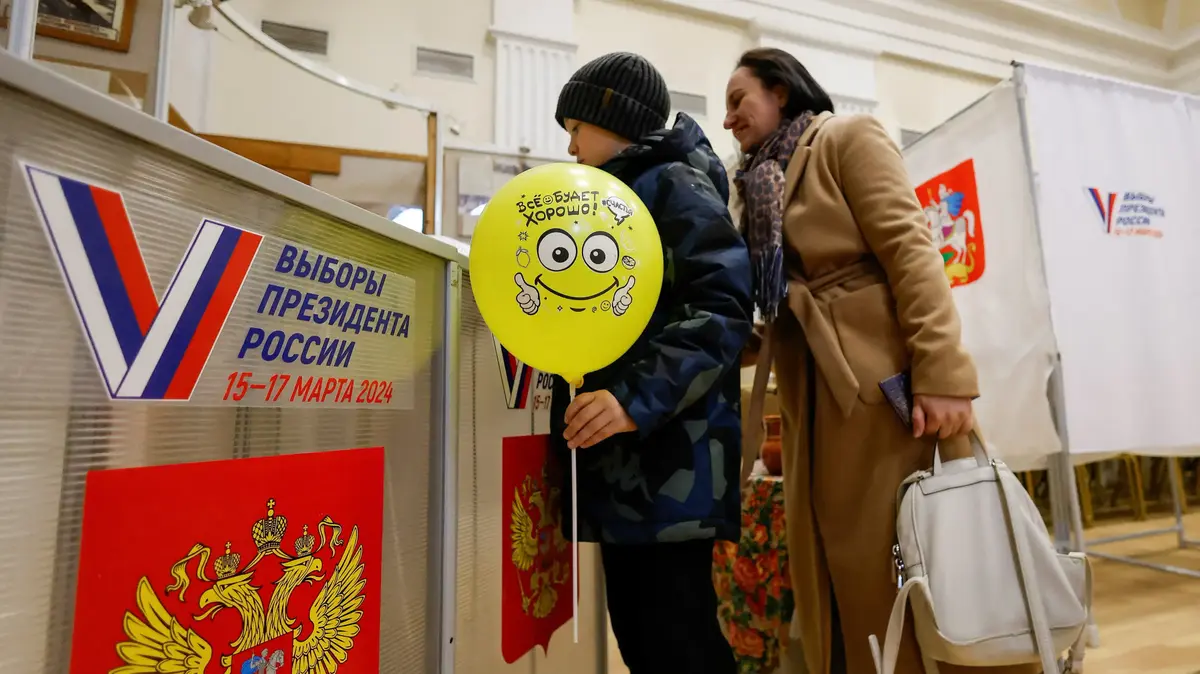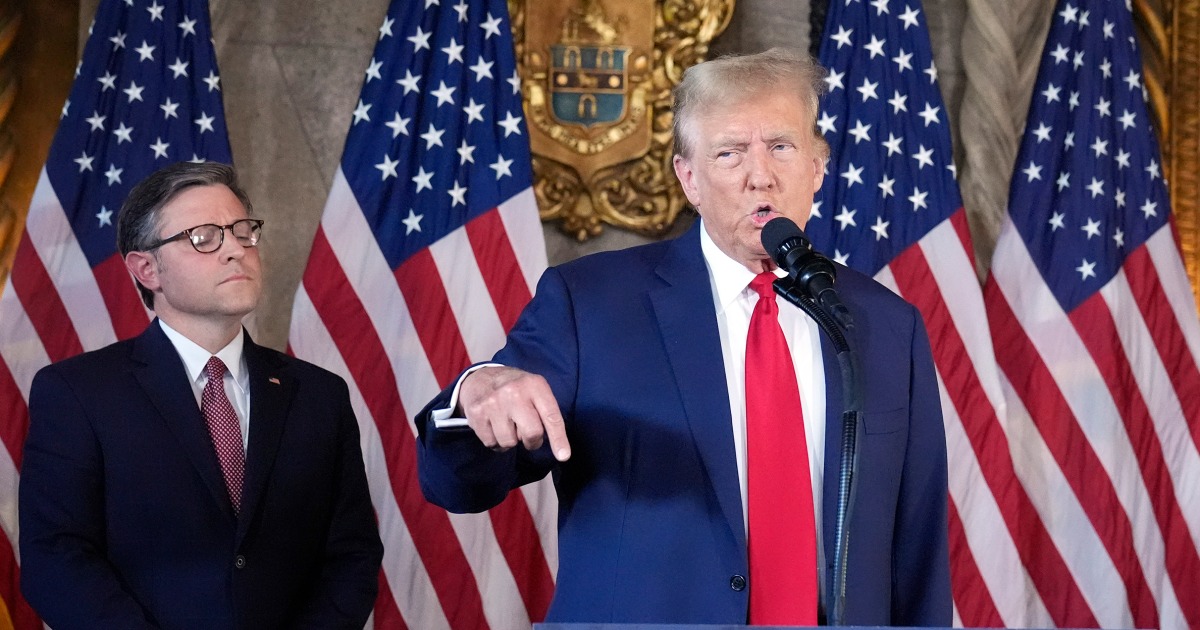(CNN) -
There is a lot of anxiety about the US presidential election and specifically about what will happen if the results are not clear.
President Donald Trump and his allies have suggested that the system is only fair if a winner is declared on election night, but that is a horrible interpretation of the US Constitution and laws, which make it clear that the The technical process for electing a president just begins on election day.
The system is especially confusing because voters only cast their votes to determine which candidate can send a carefully selected group of allies known as electors to the Electoral College, where the actual presidential vote takes place.
(Here's a review on that).
Americans have been refining the process since the election of 1800, which originally resulted in a tie in the Electoral College.
The House of Representatives gave Thomas Jefferson the presidency and that first contested election resulted in the 12th Amendment, which modified the Electoral College process.
Later, in 1824, John Quincy Adams came to the White House despite winning neither the popular vote nor a majority in the Electoral College.
In 1876, the results were contested in several southern states, and the lack of clear results from the Electoral College led to a House agreement that gave Rutherford B. Hayes the presidency despite the fact that he won neither the Electoral College nor the popular vote.
That eventually spawned the Electoral Counting Act of 1887, which is still in effect today.
advertising
The full timeline is below.
What Happens After Election Day?
This is the process
We have outlined the legal mechanisms that run from Election Day to Inauguration Day.
Next to each item we indicate whether state laws or federal laws are relevant.
November 3 - Election Day
Voters vote, votes are counted.
(State and federal laws)
While many millions of Americans will cast their votes in the weeks leading up to Election Day, either by mail or as absentee voters, American law says that Election Day occurs on the first Tuesday after the first Monday in November.
Votes are counted across the country on Election Day.
While news networks will screen winners in certain races, there is always time after Election Day for provisional or mail-in votes to be counted.
The early voting of 2020 exceeds that of 2016 8 days before the presidential elections
November 4 - November 23
More votes are counted.
(State laws)
Ballots by mail must be postmarked November 3 in all US states, but can be received late and still count in many states.
In most cases, they must be received within a day or two before Election Day.
But in Washington state, ballots by mail can be received until November 23, the day before the state certifies its election results.
In key uncertain voting states North Carolina and Pennsylvania, mail-in votes can be received through November 6.
In uncertain voting states Minnesota and Nevada, they can be received until November 10.
And in Ohio, they can be received until November 13.
November 10 - December 11
The states certify the results of the elections.
(Federal laws)
Each state does it a little differently, but beginning a week after Election Day, state governments begin to certify their election results.
Those timelines can be changed in the event of a state recount if there is an extremely close result.
Most of these dates occur in the last two weeks of November and all, except California, must occur before December 8.
December 8
"Safe Harbor" to determine election results and allocate voters.
(Federal laws)
Under the Electoral Counting Law, this is the date by which states must count votes, resolve disputes, and determine the winner of the electoral college votes.
Governors are supposed to create verification certificates that list the winner of the election and the list of voters.
In 2000, the Supreme Court ended a specific recount in Florida because it could not be completed on this safe harbor date.
That recount would not have changed the election result, but a complete statewide recount could have made Al Gore president.
This is when it could become very important for Republicans controlling more state legislatures than Democrats, even in most of the contested states in 2020.
December 14th
Electoral votes cast.
(Federal laws)
By law, this date is the first Monday after the second Wednesday in December.
This year it falls on December 14.
Six days after the disputes are supposed to be resolved, the voters are supposed to meet in their respective states and cast votes for the president of the United States.
They certify six sets of votes and send them to Washington.
Many states have laws that require their constituents to support the winner of their state's election and can impose fines on unfaithful voters who go their own way.
December 23th
Electoral votes must reach Washington.
(Federal laws)
Certified electoral votes have nine days to get from their states to the Capitol.
January 3
The new Congress is sworn in.
(Federal laws)
Members of the House and new members of the Senate are sworn in at noon.
This is the official start of the 117th Congress.
January 6th
Electoral votes counted.
(Federal laws)
Members of the House and Senate meet.
The President of the Senate (Vice President Mike Pence) presides over the session and electoral votes are read and counted in alphabetical order by two appointees from the House and Senate.
They then deliver their counts to Pence, who announces the results and listens to objections.
If there are objections or if there are, in any way, multiple lists of voters presented by a state, the House and Senate consider them separately in deciding how to count those votes.
What if there is no winner?
There are 538 electoral votes, one for each congressman and senator plus three for the city of Washington, DC.
If no candidate gets 270, the 435 members of the House decide the election.
Each state gets one vote.
While there are more Democrats in the House, Republicans, as of now, control more state delegations, so it is quite possible that the House could elect Donald Trump even though there is a Democratic majority.
A majority of state votes is required to become president.
The Chamber has until noon on January 20 to elect the president.
If they can't, it would be the vice president or the next eligible person in the presidential line of succession.
If neither a president nor a vice president were elected, the next person in line of succession is the Speaker of the House, who today is Nancy Pelosi.
Meanwhile, in accordance with the 12th amendment, the senators elect the vice president.
It is technically possible for the House to lock in with the president and the Senate to elect a vice president to become president.
Currently, Republicans have the majority in the Senate, but Democrats hope to win it in November.
If there is a 50-50 tie in the Senate, it is strangely possible that Vice President Mike Pence could cast the deciding vote that gives him another term.
January 20
Opening Day.
(Federal laws)
A new president takes the oath at noon.
If the president-elect dies between Election Day and inauguration, the vice-president-elect takes the oath and becomes president.
In a contested election, if the House has not elected a president but the Senate has chosen a vice president, the vice president-elect becomes interim president until the House holds an election.
And if there is no president-elect or vice-president-elect, the House appoints a president until one is elected.
Under the Presidential Succession Act, the incumbent president will likely be Nancy Pelosi if she resigns from Congress.
Graphic: Will Mullery, CNN



/cloudfront-eu-central-1.images.arcpublishing.com/prisa/TP3BD7YNYFDP3JYTJUSHNEPYHQ.jpg)





